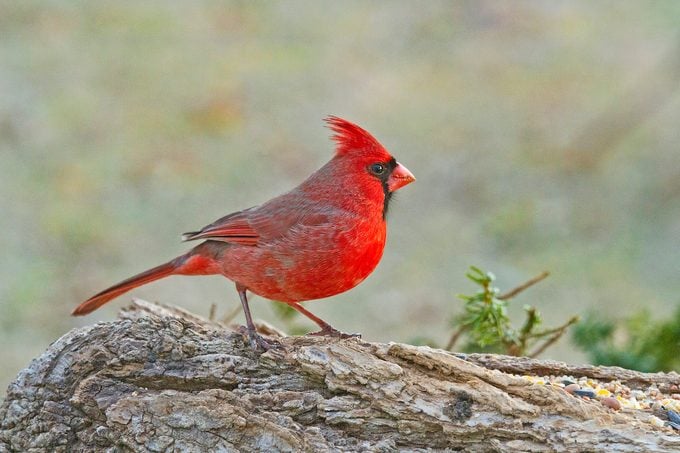
Introducing the breathtaking Northern cardinal bird! These charming beauties are a treat for the eyes with their vivid red plumage and delightful melodies. Cardinals are a sought-after species in the finch family, measuring around 9 inches in length with a wingspan of 12 inches. The distinguishing features of both male and female cardinals include lengthy tails and crests on their heads, making them easily identifiable. Their eye-catching red hue is often reminiscent of festive decorations during the Christmas season, adding a cheerful touch to snowy settings. It’s no wonder why they’re lovingly referred to as redbirds – they’re simply too charming to resist!
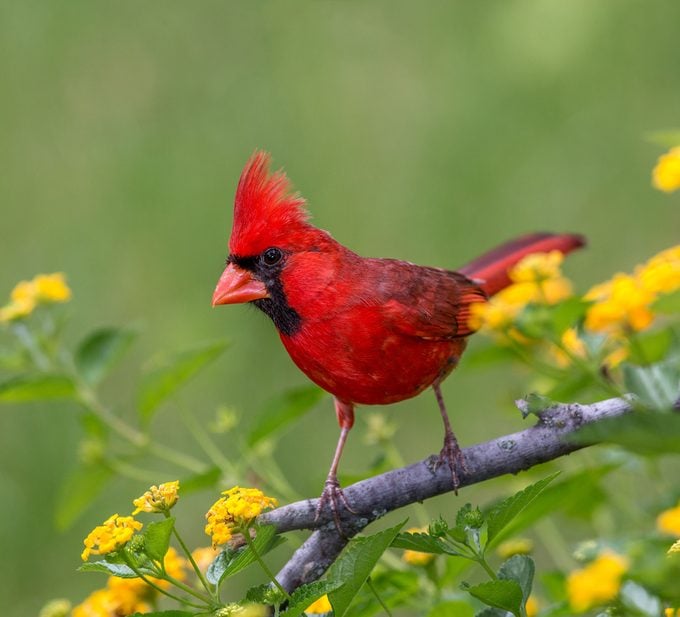
The male cardinal is easily recognizable with its bright red feathers, black face mask, spiked crest and bill that ranges from pink to orange. On the other hand, identifying the female cardinal may require a closer look at her distinctive characteristics.
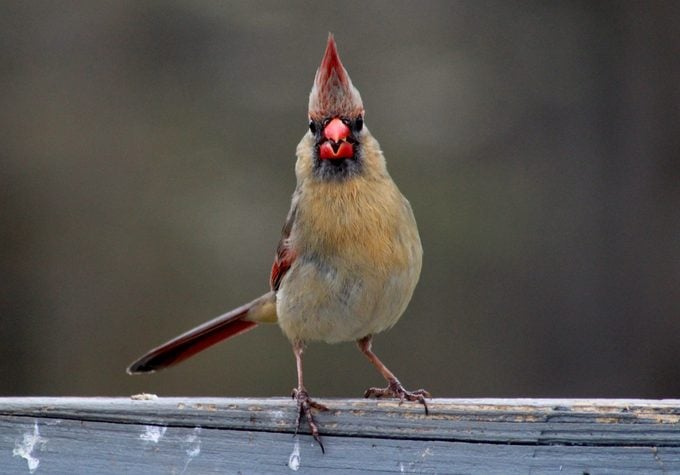
Shawn Parson shares that male and female cardinals possess distinct features, with the males exhibiting more vibrant colors in comparison to their partners. It is probable that the female cardinal is nearby during breeding season when one observes a male cardinal. Female cardinals may not be as brilliant in their appearance, possessing a fawn shade with red highlights, but they are still greatly admired. Interestingly, cardinals are present in various locations.
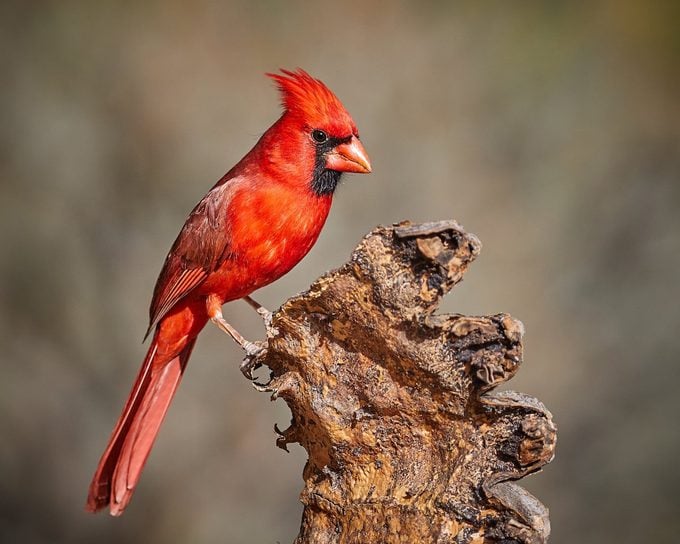
The Northern Cardinal is a familiar sight in the East, Midwest, and Southwest parts of the USA. These birds are present all year long, making them a popular attraction for those living in the eastern half of the country. They can be spotted in various environments, ranging from backyards to parks, forests, swamps, and even deserts that have dense low cover. Surprisingly, they’ve adapted well to urban areas, and their population has grown northward beyond their traditional range. Within the species, there are regional variations, particularly in the Southwest and Mexico. Scientists believe that cardinals found in the Sonoran Desert could be a unique species compared to those found in other southwestern deserts, despite their close proximity to northern cardinals. Cardinals in the Sonoran Desert are typically bigger, have longer crests, and males have a lighter red coloration. Moreover, they produce slightly different songs.
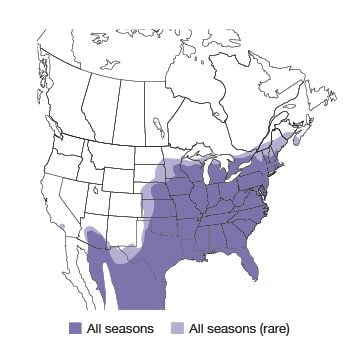
Bird enthusiasts can find range maps in the Kaufman Field Guides, the official field guide of Birds Blooms. It is fascinating to note that male and female cardinals both possess the ability to sing.
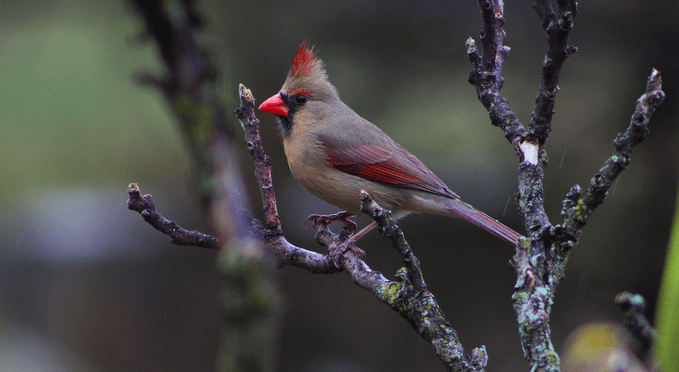
Northern cardinal birds are fascinating creatures, with several unique characteristics. Unlike most other species where only males sing, females also join in the singing during nesting time. This behavior helps them communicate and strengthen their bond. Male cardinals are quite prolific singers, with a singing period lasting for nine months, except during winters. They have an impressive repertoire of over 24 songs, with “What cheer! What cheer! What cheer!” being the most common one and another having a repetitive “pew, pew, pew” sound. The birds also emit a high-pitched call that sounds like “chip!”. You can easily spot these birds at bird feeders, where they often feed on seeds.
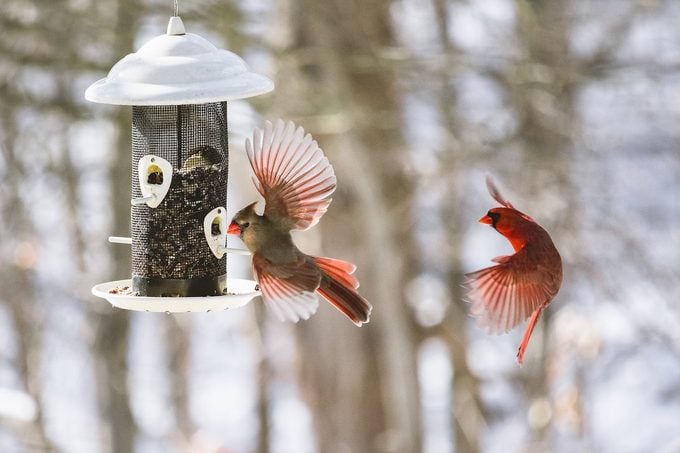
Are you hoping to draw cardinals to your yard? A practical way to do so is by setting up a tube feeder. These vibrant birds can easily spot the distinctive shape of the feeder and their visit may even entice other types of birds to join in. To encourage them further, try offering black oil sunflower or safflower seeds. Cardinals aren’t too choosy when it comes to food and will happily scavenge on the ground or a platform feeder. Remember that these birds start nesting early, so providing a secure location for them to construct their nests is crucial.
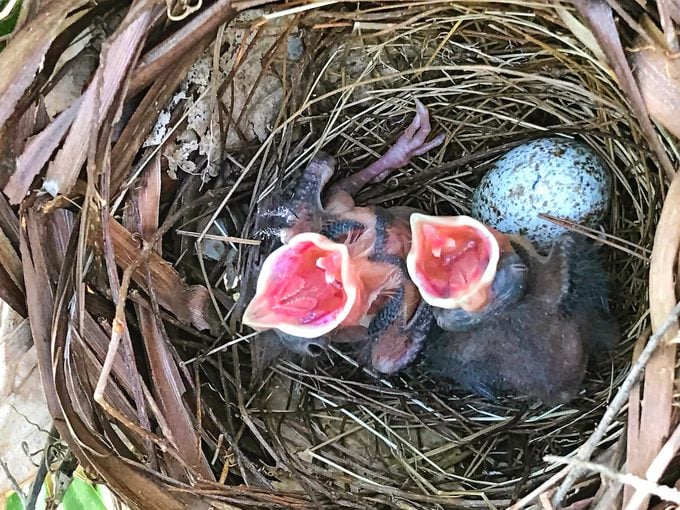
Cardinals are known for their strong attachment to their home range in the world of birds. This behavior gives them an advantage in nesting, with breeding starting as early as February. In early spring, cardinals prefer evergreens for protection when choosing the location of their first nests. Their long breeding season allows them to have several broods each year, increasing the odds of offspring survival. However, their generalist approach to nest location can make them more vulnerable to predators.
Building a nest takes a pair of cardinals between three to nine days, with the female doing most of the work. The nest is made of twigs and grasses, and the female lays three to four eggs that have brown speckles on a whitish-gray background. Compared to other birds, cardinal nests are relatively low, only 4 to 8 feet off the ground. During the breeding season, male cardinals stay close to the nest to protect their young.
Baby cardinals are demanding, requiring up to eight feeds an hour in the first few days after hatching. Although about 20% of mated pairs separate every year, most couples remain together for several breeding seasons. During winter, they tend to feed separately and are less attentive to each other.
The best way to attract cardinals and support the survival of their offspring is by planting dense shrubs to provide an ideal habitat.
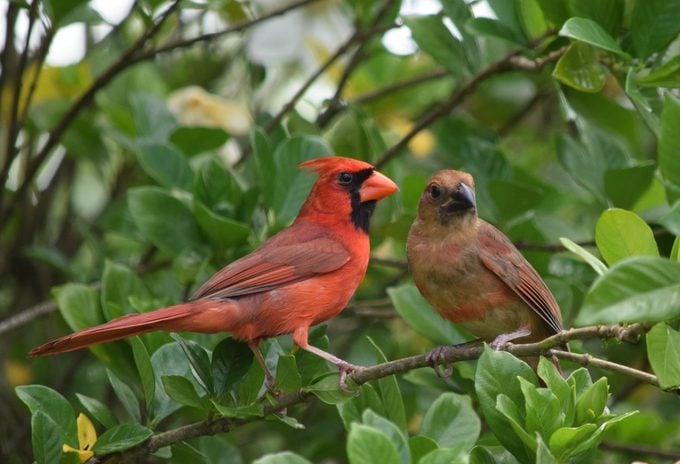
For cardinals to thrive all year round, it’s important to provide suitable habitats with thick cover like hedges, shrubs, fields, and forest edges. A combination of small trees and shrubs is highly recommended for safe winter havens. Box elder, eastern red cedar, nannyberry, and shrub roses make ideal cover trees and plants for your habitat. Wild grapevines are also beneficial as cardinals use their bark for nesting materials. Have you ever wondered why male cardinal birds are red?
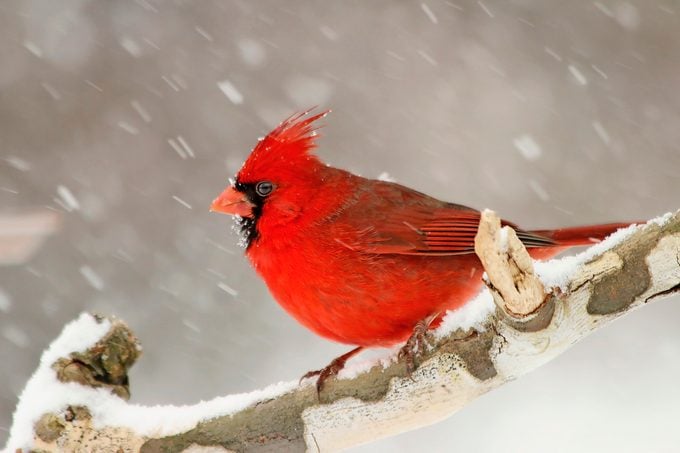
Male cardinals are known for their bright red feathers, which are thought to appeal to potential mates. This coloring is influenced by their diet, as they consume carotenoid pigments from red fruits. When these birds molt, a diet high in red berries can lead to even brighter feather coloring. Studies have shown that males with more intense plumage tend to have better territories, provide more care to their offspring, and have higher success rates when it comes to nesting. It’s worth noting that there are also cardinal birds with unique colors outside of the typical red.
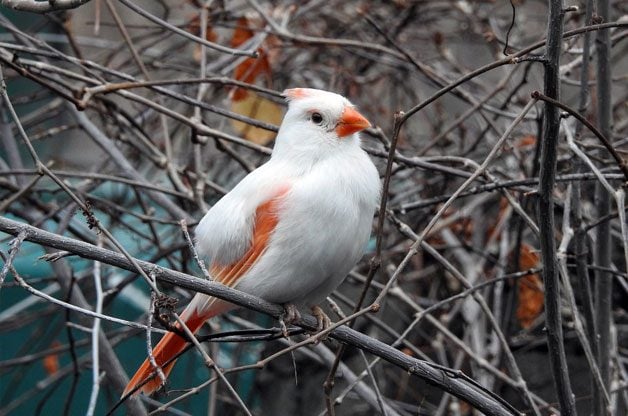
Have a look at this male cardinal with a unique appearance due to leucism, which has caused it to be mostly white instead of its usual red color. It’s worth noting that cardinals can also take on a yellow tint through rare genetic variations known as xanthochroism. Be sure to keep your eyes open for other leucistic birds, including white cardinals. If you happen to be in the southwest of the United States, you might catch a glimpse of the pyrrhuloxia, also known as the desert cardinal. In contrast, the red-crested cardinal can be found in Hawaii, South America, and Puerto Rico. Have you ever wondered how the cardinal bird got its name?
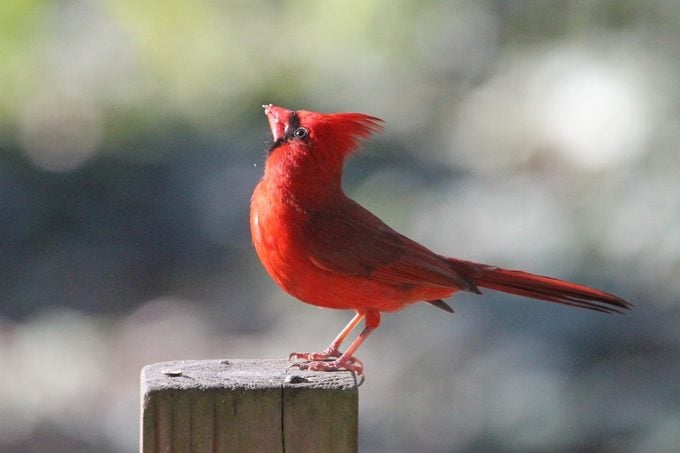
According to Sheila Babin, the cardinal bird’s name has an intriguing backstory. Although it’s not widely known nowadays, back in the 1600s and 1700s, people called it after the red garments donned by Catholic cardinals. Whether or not one can keep a cardinal as a pet is still uncertain.
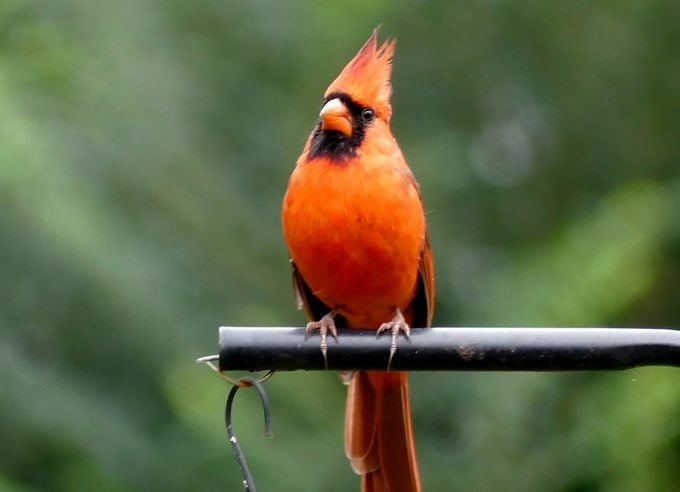
Charles Rogers has stated that keeping wild birds such as cardinals as pets is against the law. It may come as a surprise to some, but there was a time when it was allowed to have cardinals as pets. However, this changed in 1918 with the introduction of the Migratory Bird Treaty Act which made it illegal to keep wild birds as pets. The northern cardinal was a popular choice for a pet due to its vibrant colors and pleasing songs. Nowadays, cardinals are commonly used as mascots for sports teams.

The Arizona Cardinals football and St. Louis Cardinals baseball teams share a common characteristic in their namesake, the cardinal bird. The bird’s territorial and aggressive nature makes it an appropriate mascot for sports teams, embodying the competitive and determined spirit of athletics. The bright red color of the cardinal further emphasizes its boldness and willingness to defend its turf.
